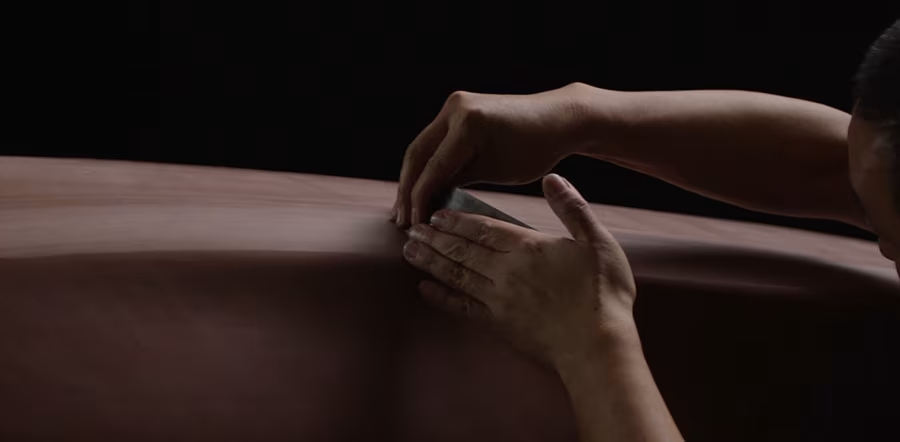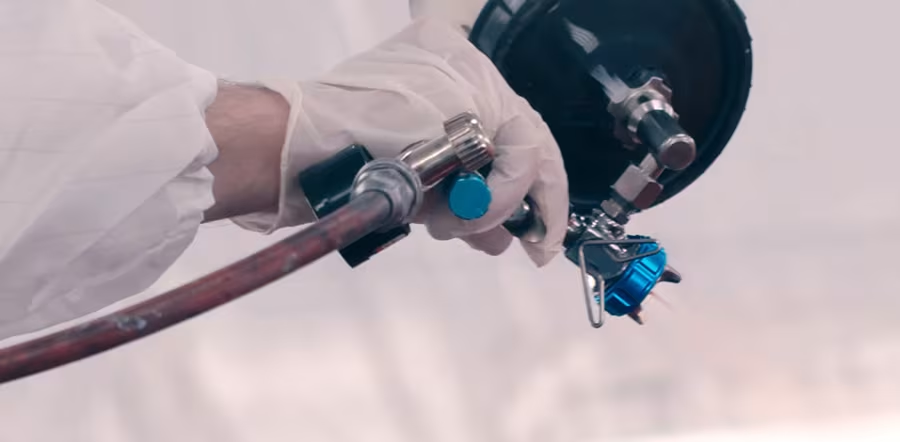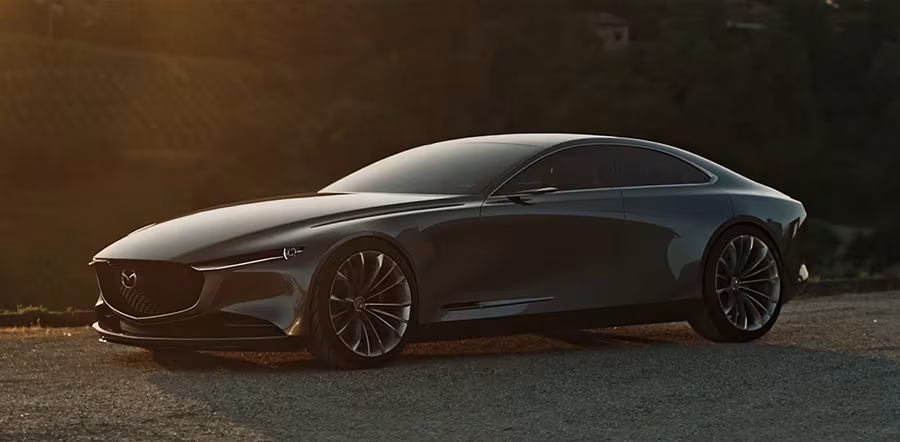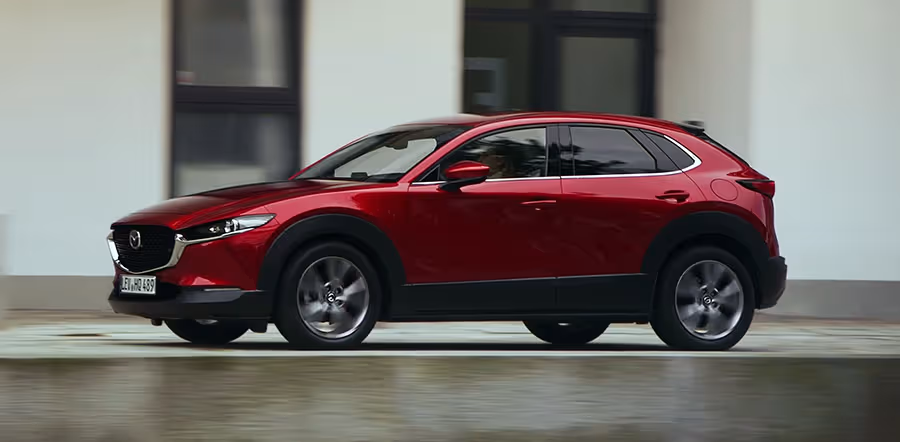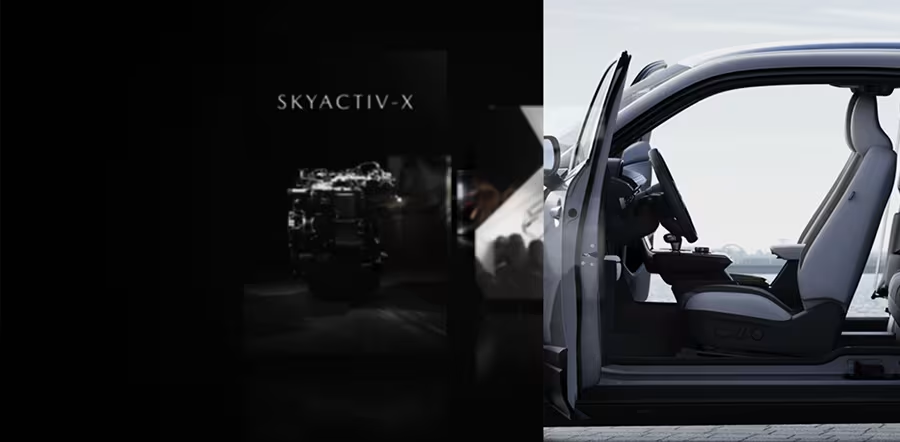
Mazda Dictionary
Do you know the origin of the name Mazda? Ever heard the phrase “jinba ittai” and wondered what it means or how to pronounce it? Enlighten yourself with our definitive guide to Mazda’s Japanese terminology.
Monotsukuri
For Mazda, car manufacturing truly is an art form and monotsukri is a Japanese term that means “the art of making things”. It covers the practical – product planning, design, development and production – and encompasses a feeling of pride, dedication and skill in pursuit of innovation. Prior to manufacture, making things by hand is a crucial stage of vehicle development at Mazda. For example, a life-size clay model of a car will always be made and shaped by hand first before it is transferred into digital data. “We believe that a form sincerely and painstakingly made by human hands gets a soul,” says Ikuo Maeda.
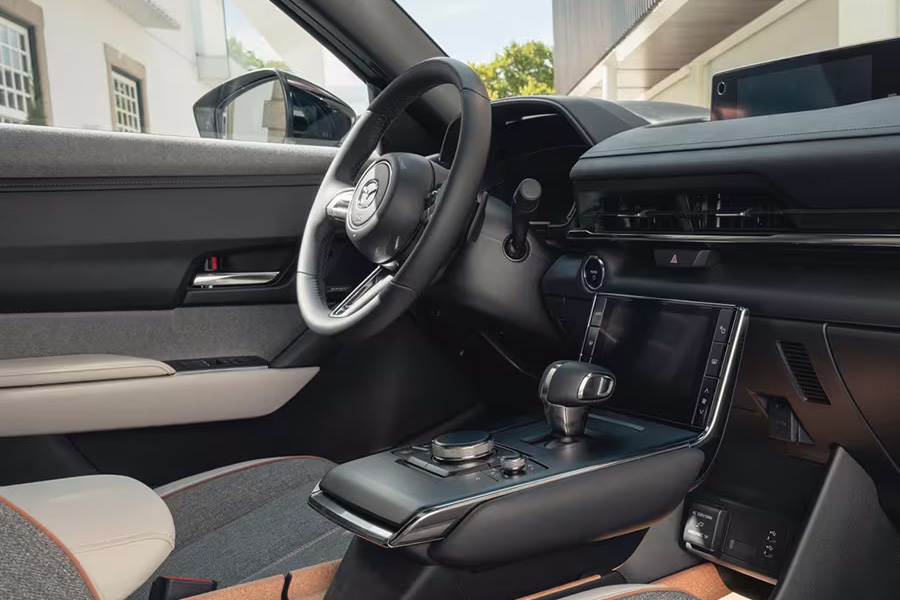
Mottainai
Mottainai is a Japanese expression formed from the words mottai (importance) and nai (lack of something). In short, it means “don’t be wasteful.” Mazda feels passionately about mottainai and is endeavouring to save and recycle as many resources as possible, whether that’s by using renewable energy in the factory, re-using plastics or using sustainable materials such as cork in its interior design {...}
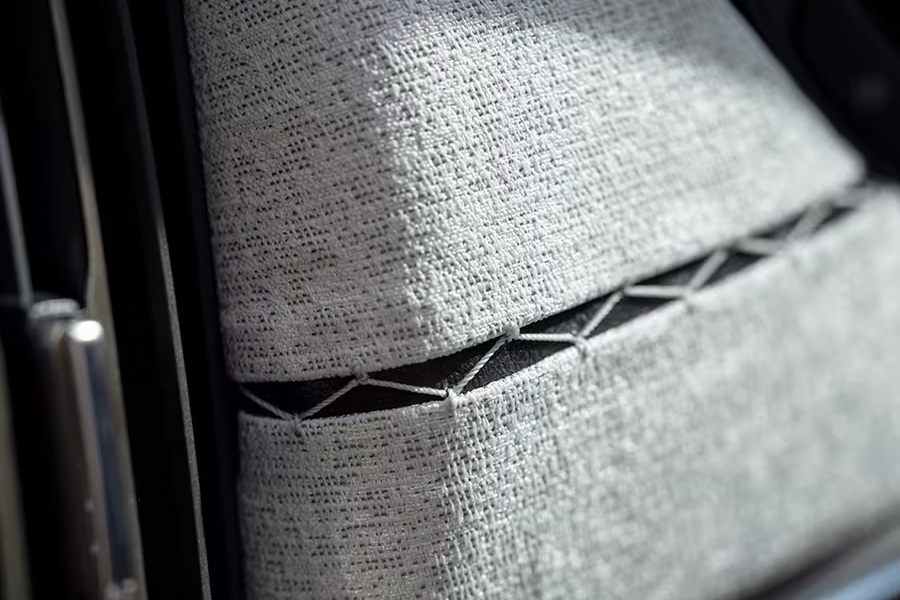
Musubu
The Japanese word for “tie” has a more philosophical meaning at Mazda. Musubu is about creating a strong connection and, inspired by the ancient art of knot tying, Mazda introduced it to great effect in the stitching of the Mazda CX-60 as seen below.
Sori
Sori describes the process of creating curves with poise and balance. It is notable in Japanese architecture and the curvature of the blade as exemplified in the Samurai sword pictured below. You can see sori in the striking S-curves, revealed in the flanks of Mazda cars, when light plays along the side of them. It’s a critical part of Kodo design, as the metal sides of the car really do come to life as the light strikes.
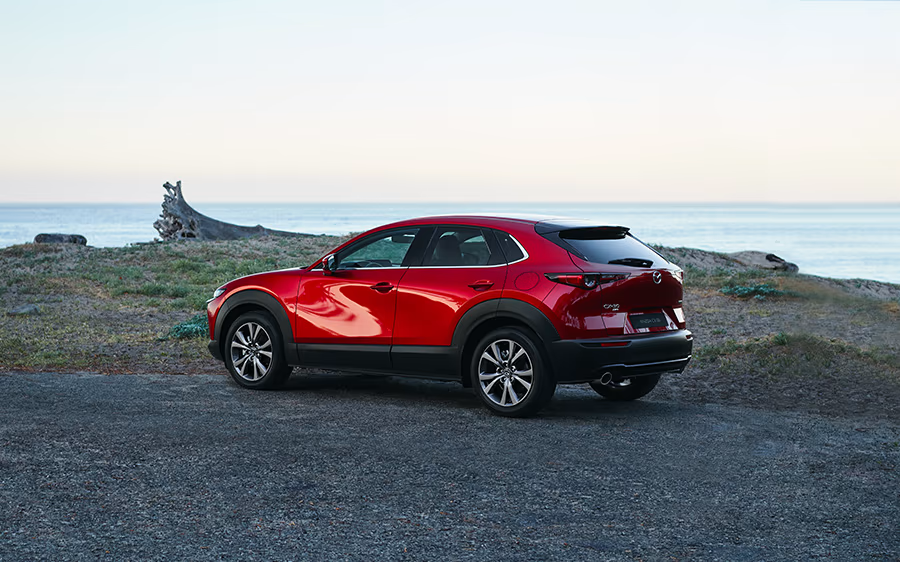
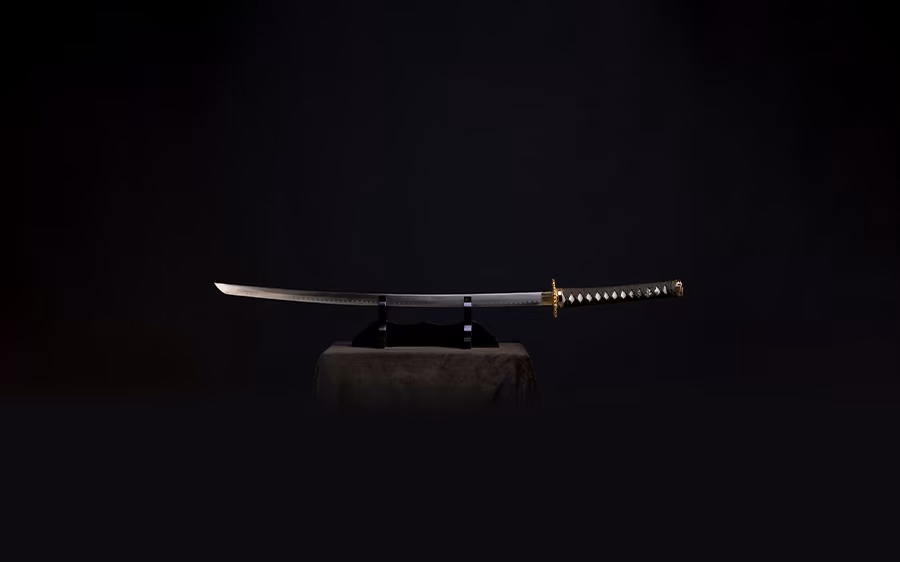
Takumi
Mazda’s takumi are the dedicated craftsmen and women who design and build its vehicles, honing their skills over many years. Each takumi has a specialist domain whether that is fabric, clay or metal, and they take on apprentices to ensure that their techniques carry on into the future. These master craftsmen and women never compromise in their mission to build Mazda vehicles with the utmost precision.
Takuminuri
How do you get a robot to match the skills of an artisan in the paint shop? You develop takuminuri or “paint by master craftsman”, a computer control system that mimics the way a takumi master would hand-paint a Mazda. With Mazda’s innovative colours such as Soul Red Crystal enhancing Kodo design it’s crucial to have the perfect paint finish. Discover more about Mazda’s paint techniques here.
Utsuroi
Utsuroi reflects the changes in natural light as the seasons of the year pass. For Mazda, understanding utsuroi allows its designers to become masters of light and shadow, creating vehicle designs that appear alive. “At Mazda we want to create designs that make people feel like the car is a living being,” says Ikuo Maeda, Mazda’s global head of design.
Yohaku
Sometimes design is as much about what you leave out as what you put in. Yohaku is “the beauty of empty space” and it’s a technique that features in traditional Japanese arts – and Mazda cars. “Importance is attached to making the space look beautiful,” says Mai Utagawa. Yohaku helps to create beautiful exteriors and relaxing interior designs for Mazda cars.
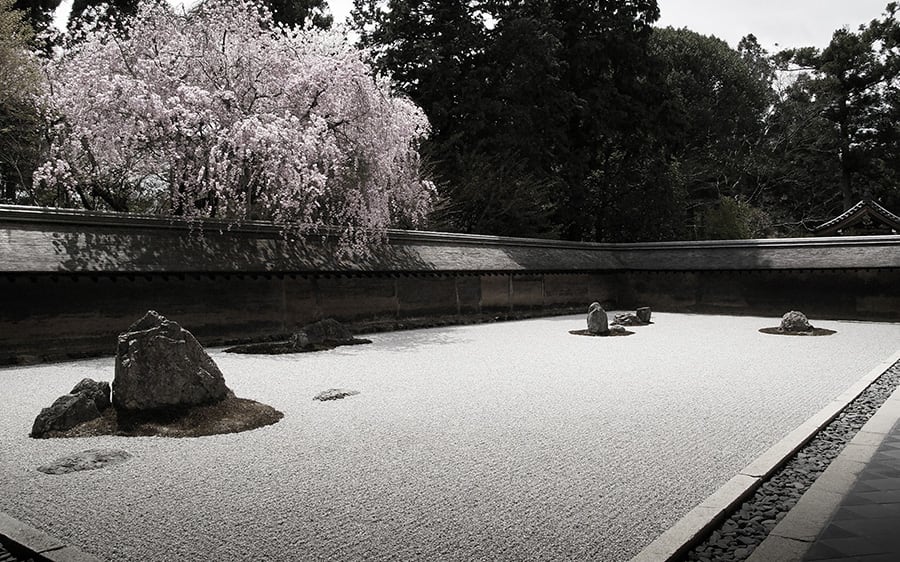
Hacho
Hacho is a “broken rhythm”. It’s a design technique employed by Mazda designers, to create an interior space that is both peaceful, yet uplifting. “It is a comfortable disturbance,” says interior designer Mai Utagawa. By carefully choosing materials that respond to changes in light, Mazda uses hacho to create a cabin design that is emotionally enriching.
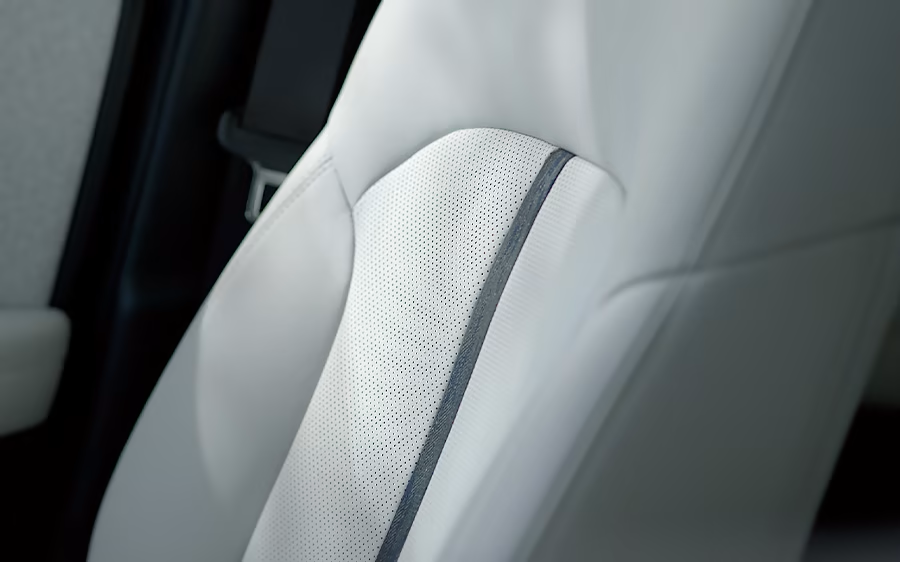
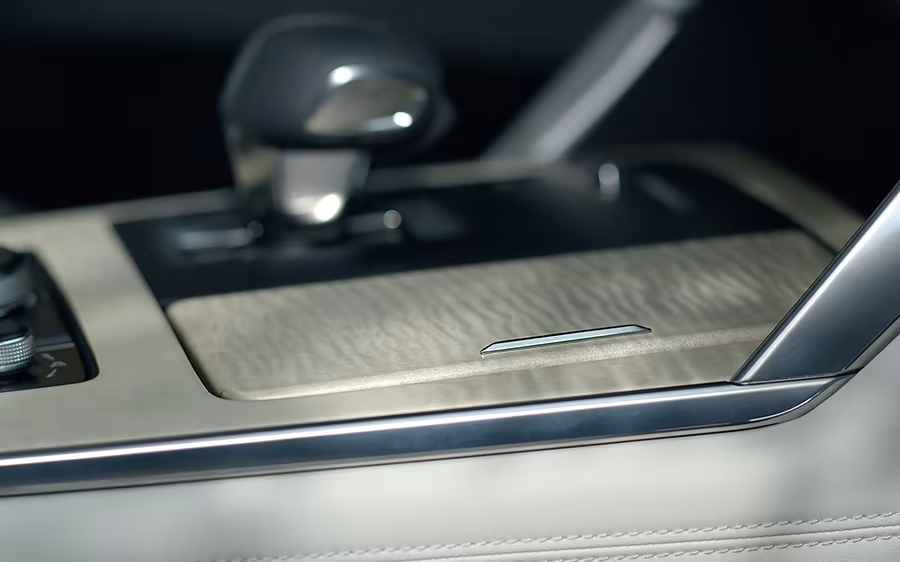
Hashiru Yorokobi
This phrase describes the very soul of Mazda and means “Celebrate Driving”. It’s an ethos that applies to every Mazda from supermini to SUV to sports car, and is central to Mazda’s belief that cars are not merely transportation, they enrich the lives of their drivers and passengers.
Jinba Ittai
Translating as “horse and rider as one”, jinba-ittai refers to the intuitive connection between a Mazda and its driver. It is the cornerstone on which Mazda’s designers and engineers base their work on. The phrase was first coined during the development of the MX-5 Miata but applies to every Mazda model. If you feel this oneness between yourself and your car, if it responds exactly as you intend, then you will experience a comfortable, safe and enjoyable drive.
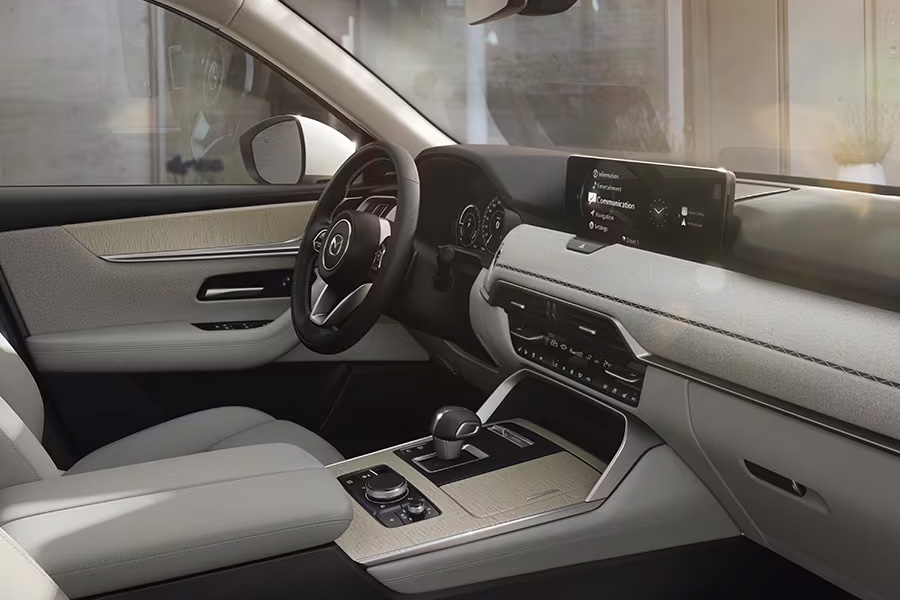
Kaicho
Kaicho or “harmony” is a philosophy that leads Mazda designers to choose a variety of materials and textures that really complement each other. “We want to have people feel the delicate, thorough, manual work applied,” says Utagawa. It’s this attention to detail that makes Mazda interiors so beautiful.
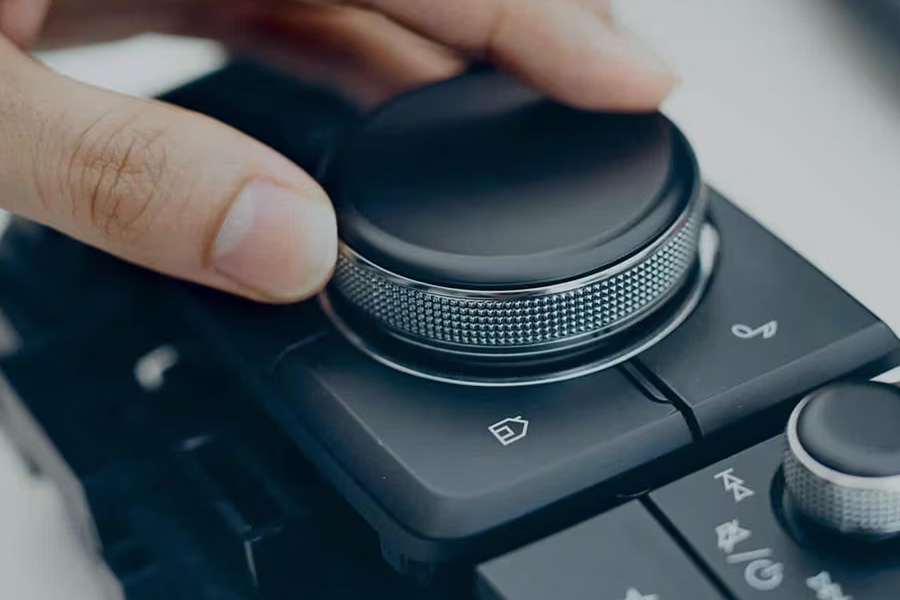
Kansei
Kansei describes Mazda’s approach to engineering with emotion. It’s about connecting people to products by really considering their feelings during the design process. Kansei engineering plays a huge role at every touch point in a Mazda car from the way the door opens and shuts, to individual switches.
Kodo
Kodo is a Mazda-unique word that means “Soul of Motion”. It applies to the overall design philosophy introduced by Mazda’s head of design, Ikuo Maeda who says it “breathes life into metal because Mazda believes a car is more than just a means of transportation.” Kodo design’s intention is to create a soul-stirring emotional bond between the car and its driver.
Ma
Ma is the Japanese concept of negative space. It has been described as “the silence between the notes that make the music.” It’s not purely a minimalist aesthetic, rather it’s about giving emptiness a metaphysical purpose. For example, the clean lines and deliberately positioned objects in a traditional Japanese home emphasize the empty space around them. Mazda’s designers draw inspiration from ma, creating interior spaces of calm reflection.
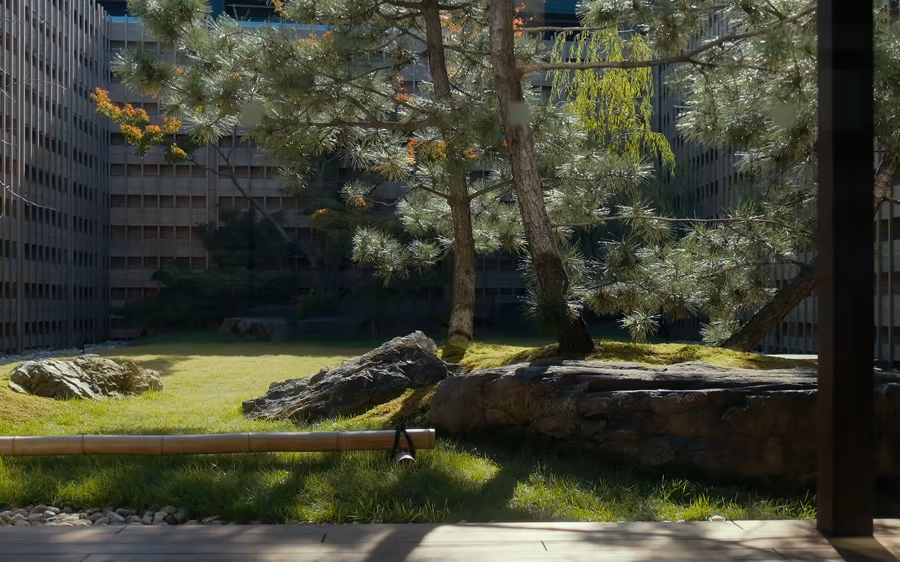
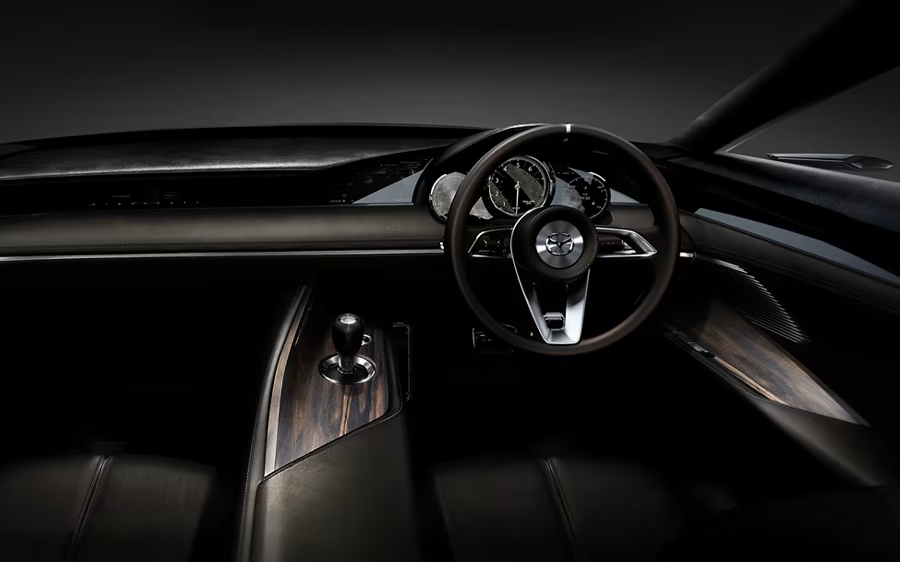
Mazda
Mazda became the company name in 1984. Previously, the company was called Toyo Kogyo Co. Ltd, with Mazda as a brand name. It is derived from the first production vehicle, a three-wheeled truck called Mazda-Go (in Japanese, Go is a type or number). The truck was named after the company’s founder, Jujiro Matsuda, with the spelling inspired by Ahura Mazda, the Zoroastrian god of harmony, intelligence and wisdom, whose name has the same pronunciation. Key executives at Toyo Kogyo Co Ltd. interpreted Ahura Mazda as a symbol of the rise of automotive civilization and culture.
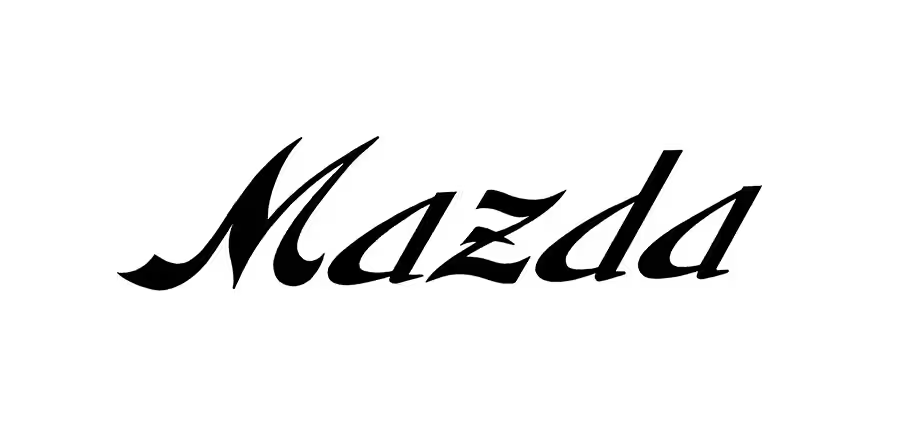
© 2025 SDM Group.
Powered by Red Route Group Limited.







